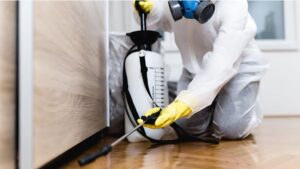If you’ve ever read a building inspection report, you may have noticed references to major and minor defects. The purpose of a building inspection is to provide advice and information regarding the overall condition of a property. This is done by means of a visual assessment by an inspector to identify building defects and to form an opinion regarding the condition of the property at the time of inspection. This information is used by a potential purchaser to make an informed decision regarding the purchase – which can lead to large savings.
Contact ASBIR to Learn More
ASBIR are the leaders in Brisbane building inspections. Our comprehensive inspection report will allow you to know exactly what you are getting before making a purchase, or can be used to evaluate a property before listing it for sale. Contact us today to learn more by calling 1300 553 007, emailing us at info@asbir.com.au, or contact us online. Don’t take chances with defects – get a building inspection report from ASBIR.
How Building Defects Are Found & reported
The inspector will conduct a visual inspection of the home and determine if a defect is present. He will then assess the defect to identify its cause. Has the defect been caused by deficient design, faulty workmanship, defective materials, or usage.
A building defect can be anything from a minor imperfection to a severe structural fault or safety hazard. An experienced inspector will be able to categorise these common building defects into major and minor issues. Generally, a major defect will need repair work sometimes immediately whilst a minor defect can usually be rectified with periodic maintenance.
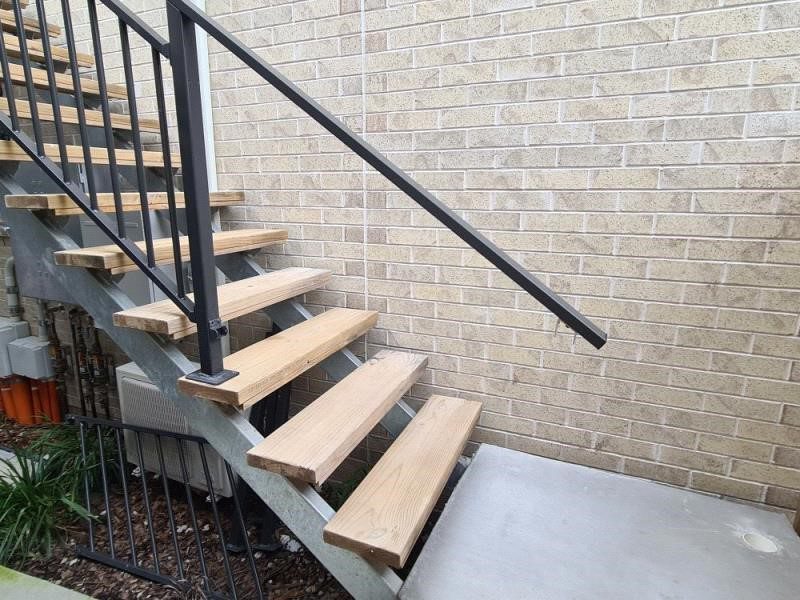
What is the Difference Between a Major and Minor Building Defect?
Simply put a major defect makes it risky to live in the home and a minor defect makes the home ugly. For example, a crack in the ceiling is minor, but if the crack extends into the beams that stabilize the home, it would be categorized as major.
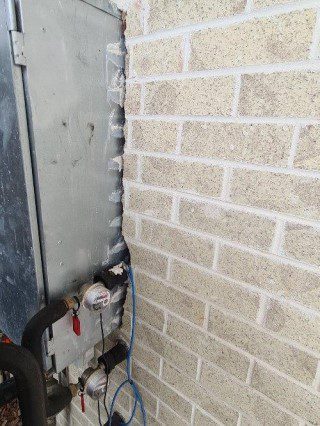
What Constitutes a Major Defect
AS-43491.2007 defines a Major Defect as “A defect of sufficient magnitude where rectification has to be carried out in order to avoid unsafe conditions, loss of utility or further deterioration of the property.”
A major defect is one that is likely to affect the usability or life of a building. It is a defect that will cause, or is likely to cause the building to be uninhabitable or reduced in its usability or life. A major defect is of sufficient magnitude where rectification must be carried out in order to avoid unsafe conditions or further deterioration of the property. Under this definition a safety hazard is a major defect.
Examples of major defects:
- Damage to load bearing walls or timbers
- Water ingress or breakdown of waterproofing
- Structural damage to footings or brickwork
- Subsidence that is or may impact the footings or foundations
- Safety hazards
Minor Defects
Conversely a minor defect is a discrepancy from the standards but not likely to affect the usability or life of the building. In other words, minor defects are sometimes called maintenance items because they are repairable.
AS-43491.2007 defines a Minor Defect as “A defect other than a major defect.”
Minor defects are common to most properties, in fact it is virtually impossible to find a house without any defects. Often these defects are cosmetic or appearance imperfections that have emerged because the home has actually been lived in. They may be unattractive, but they do not affect the liveability of the home.
Examples of minor building defects:
- Minor cracking
- Peeling paint
- Loose door handles
- Loose tapware
- No door stop
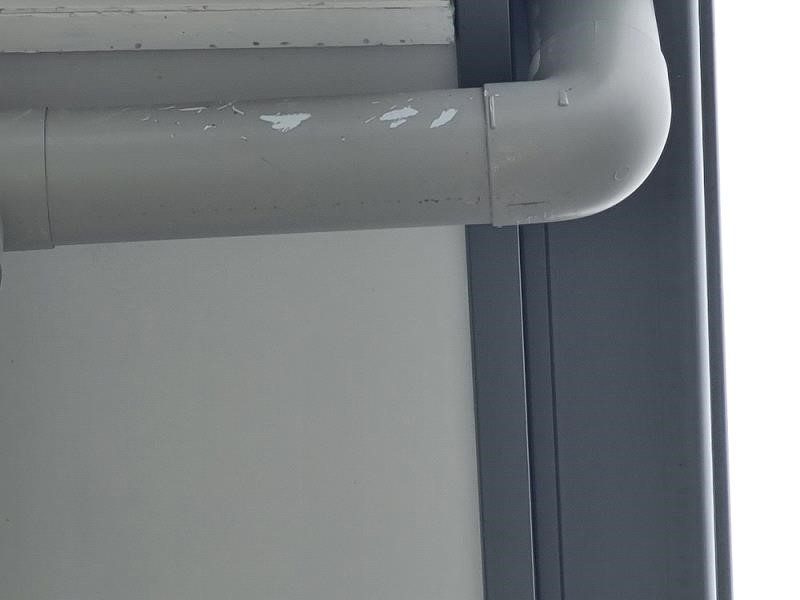
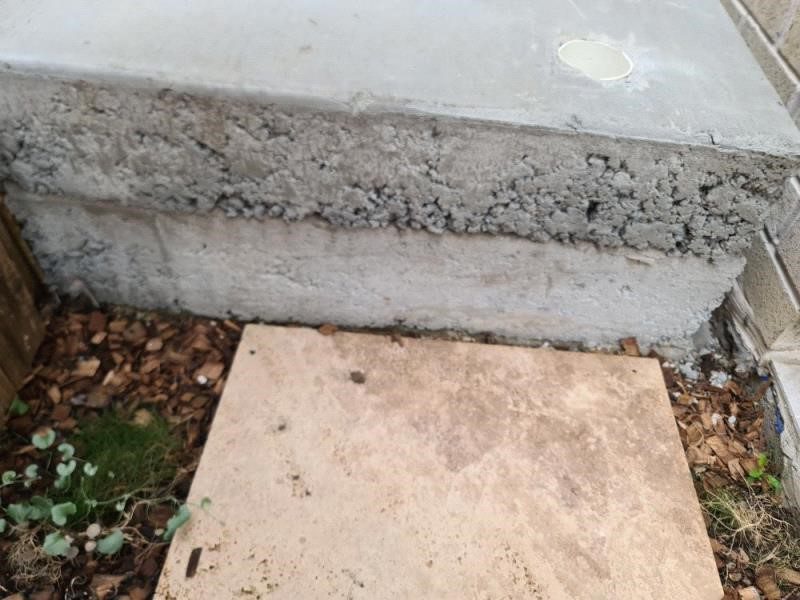
Other Issues the Inspector Will Look For
Beyond construction defects, the inspector will also identify any significant safety issues that may impact the property or pose a safety risk.
Examples of safety issues:
- Trip hazards
- Low handrail heights
- No installed window restrictors where required
The Next Step
Once the inspector has categorised the building defects, his next task is to make a determination as to its cause and then provide a recommendation on who to engage for rectification. We always recommend that you follow through on all recommendations made in our reports, prior to settlement or handover of a property.
We are required by the QBCC to undertake all our inspections in accordance with the relevant Australian Standards and all our inspections are fully covered by professional indemnity and public liability insurance for your added peace of mind. We are also fully QBCC licensed and these details can be found on our website Home Page.
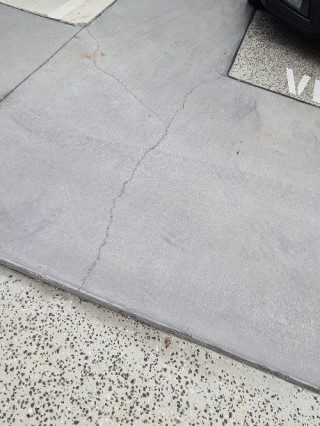
Contact ASBIR to Get Started
Don’t let defects go unnoticed. Get your property, or your future investment professionally inspected. ASBIR offers a number of building inspection services, and we want to talk with you about which service is right for your needs. Call us on 1300 553 007, email us at info@asbir.com.au, or contact us online today to get started.


